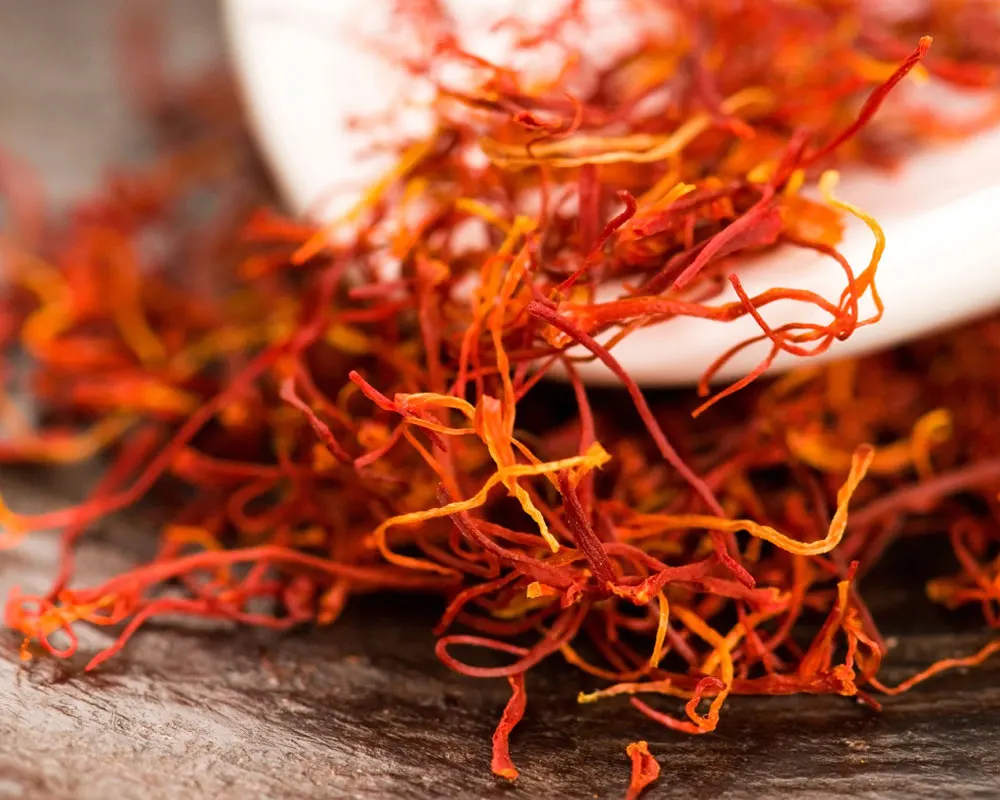Poshal Discriptions
Saffron is a spice derived from the flower of Crocus sativus, commonly known as the saffron crocus. It is one of the most expensive and sought-after spices in the world due to the labor-intensive process involved in its cultivation and harvesting. Here are some key aspects of saffron: 1. **Flower and Cultivation:** Saffron is obtained from the three red stigma (threads) in the center of the purple saffron crocus flower. The cultivation of saffron requires a specific climate, and it is traditionally grown in regions with hot summers and cold winters. Iran, Spain, India, and Greece are among the major saffron-producing countries. 2. **Harvesting:** Harvesting saffron is a meticulous process that requires careful handling. The flowers are picked early in the morning when they are still closed to protect the delicate threads. Each flower yields only a small amount of saffron, and it takes a significant number of flowers to produce a small quantity of the spice. 3. **Processing:** After harvesting, the red stigma of the saffron flower is carefully separated from the rest of the flower. These threads are then dried to preserve their flavor, aroma, and color. The drying process is crucial to concentrate the chemical compounds responsible for saffron’s unique characteristics. 4. **Color and Flavor:** Saffron imparts a distinctive yellow-orange color to dishes and has a complex flavor profile characterized by a combination of earthy, floral, and slightly bitter notes. The primary compounds responsible for saffron’s color are crocin, while safranal and picrocrocin contribute to its flavor and aroma. 5. **Grades:** Saffron is available in different grades, and the classification is based on factors such as the part of the flower used and the processing method. The highest quality saffron includes only the red threads and is known by terms like Sargol or Negin. 6. **Culinary Uses:** Saffron is a versatile spice used in a variety of culinary applications. It is a key ingredient in dishes such as paella, risotto, biryani, and certain desserts. The spice is often infused in hot liquids before being added to recipes to release its flavor and color. 7. **Health Benefits:** Saffron is believed to have potential health benefits, including antioxidant properties. It has been studied for its possible anti-inflammatory and mood-enhancing effects. However, it’s important to use saffron in moderation as excessive consumption may have adverse effects. 8. **Cost and Rarity:** Saffron is one of the most expensive spices by weight due to the labor-intensive cultivation process and the large number of flowers needed to produce a small quantity of the spice. When purchasing saffron, it’s important to buy from reputable sources to ensure authenticity and quality. The market for saffron can sometimes be susceptible to adulteration, so consumers should choose trusted suppliers.


